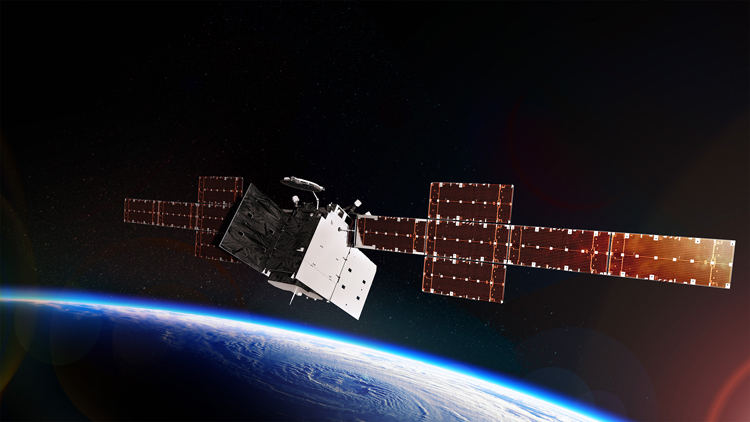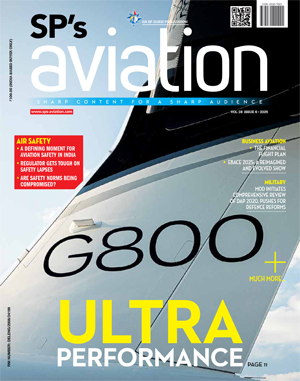INDIAN ARMED FORCES CHIEFS ON OUR RELENTLESS AND FOCUSED PUBLISHING EFFORTS

The insightful articles, inspiring narrations and analytical perspectives presented by the Editorial Team, establish an alluring connect with the reader. My compliments and best wishes to SP Guide Publications.

"Over the past 60 years, the growth of SP Guide Publications has mirrored the rising stature of Indian Navy. Its well-researched and informative magazines on Defence and Aerospace sector have served to shape an educated opinion of our military personnel, policy makers and the public alike. I wish SP's Publication team continued success, fair winds and following seas in all future endeavour!"

Since, its inception in 1964, SP Guide Publications has consistently demonstrated commitment to high-quality journalism in the aerospace and defence sectors, earning a well-deserved reputation as Asia's largest media house in this domain. I wish SP Guide Publications continued success in its pursuit of excellence.
- Prime Minister Modi Visits Punjab’s Adampur Air Base, Interacts with Airmen after Successful ‘Operation Sindoor’; Stern Message to Pakistan
- The layered Air Defence systems that worked superbly, the key element of Operation Sindoor
- Operation Sindoor | Day 2 DGMOs Briefing
- Operation Sindoor: Resolute yet Restrained
- India's Operation Sindoor Sends a Clear Message to Terror and the World – ‘ZERO TOLERANCE’
- Japan and India set forth a defence cooperation consultancy framework, talks on tank and jet engines
Boeing's New Military Satellite Integrates Anti-Jam Payload for Enhanced Battlefield Communication

Boeing unveiled its Protected Wideband Satellite (PWS) design featuring Boeing’s Protected Tactical SATCOM Prototype (PTS-P) payload hosted aboard the US Space Force’s Wideband Global SATCOM (WGS)-11 spacecraft.
“The joint force is relying on us to deploy capabilities that enable secure communications in a prolific jamming environment,” said Charlotte Gerhart, Space Systems Command’s Tactical SATCOM division chief at the US Space Force. “We also need mission-relevant speed and affordability, while being mindful of the evolving threat in the battlefield. The Boeing PTS-Prototype payload hosted on WGS-11 is an exciting leap forward for new warfighter capabilities.”
The combination of military satellite communications (MILSATCOM) and anti-jam capabilities underpin the PWS design. Both programs are based on Boeing’s 702X software-driven technology enabling real-time and automated beam-forming for improved stand-off performance and signal protection.
“The Protected Wideband Satellite combines significantly upgraded WGS capability with PTS-P’s automated anti-jam features,” said Michelle Parker, vice president of Boeing’s Space Mission Systems. “This capability sets the stage for future generations of protected wideband systems that can operate in both legacy transponded and new onboard processed modes.”
The program is scheduled for launch in 2024, with on-orbit testing slated for 2025. After on-orbit demonstration, the PTS-P payload will be available to transition for operational use.
The PTS-P design features automated anti-jam capabilities, including jammer geolocation, real-time adaptive nulling, frequency hopping and other techniques, harnessing the power of the US military’s Protected Tactical Waveform (PTW) to ensure the warfighter can stay connected in a contested environment.
By flying PTS-P on the WGS-11 spacecraft as part of the WGS constellation, PWS works seamlessly with all the existing WGS user terminals, while allowing gradual fielding of PTW modems in a theater of operation.
WGS provides the Department of Defense with a broad majority of tactical communications going through the constellation that currently includes 10 satellites.





